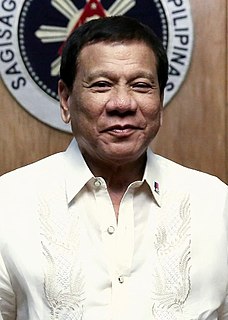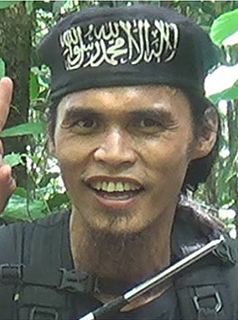A request that this article title be changed to Marawi siege is under discussion. Please do not move this article until the discussion is closed. |
| Battle of Marawi | |||||||||
|---|---|---|---|---|---|---|---|---|---|
| Part of the Moro conflict and the military intervention against ISIL | |||||||||
 A building in Marawi is set ablaze by airstrikes carried out by the Philippine Air Force and the Naval Air Wing of the Philippine Navy | |||||||||
| |||||||||
| Belligerents | |||||||||
Supported by: Foreign supporters: | |||||||||
| Commanders and leaders | |||||||||
| (President of the Philippines) (Defense Secretary) (Chief of Staff of the Armed Forces of the Philippines) (AFP Western Mindanao Command Chief) (2nd Commanding General of the Philippine Army, 1st Overall Ground Commander, Joint Task Force Marawi, and the 1st Infantry Division) (Chief of the Philippine National Police) | (Abu Sayyaf commander and regional Emir) (Maute Group commander) (Maute Group deputy commander) (Abu Sayyaf deputy commander) [18] [19] (Abu Sayyaf senior commander) [20] [21] [22] | ||||||||
| Units involved | |||||||||
Joint Task Force Marawi Contents
| | ||||||||
| Strength | |||||||||
| 3,000+ soldiers (in June) [31] 6,500 soldiers (by September) [32] | 1,000 militants [33] [34] | ||||||||
| Casualties and losses | |||||||||
| 168 killed, [35] 1,400+ wounded [36] | 978 killed, [37] [38] 12 captured [39] [40] [41] | ||||||||
| 87 civilians dead (40 due to illness) [42] [43] Nearly 1.1 million civilians displaced [44] | |||||||||
The Battle of Marawi (Filipino : Labanan sa Marawi), also known as the Marawi siege (Filipino: Paglusob sa Marawi) [45] and the Marawi crisis (Filipino: Krisis sa Marawi), [46] was a five-month-long armed conflict in Marawi, Philippines, that started on May 23, 2017, between Philippine government security forces and militants affiliated with the Islamic State of Iraq and the Levant (ISIL), including the Maute and Abu Sayyaf Salafi jihadist groups. [47] The battle also became the longest urban battle in the modern history of the Philippines. [34]
According to the Philippine government, the clashes began during an offensive in Marawi to capture Isnilon Hapilon, the leader of the ISIL-affiliated Abu Sayyaf group, after receiving reports that Hapilon was in the city, possibly to meet with militants of the Maute group. [48] [49] A deadly firefight erupted when Hapilon's forces opened fire on the combined Army and police teams and called for reinforcements from the Maute group, an armed group that pledged allegiance to the Islamic State and which is believed to be responsible for the 2016 Davao City bombing, according to military spokesmen. [50]
Maute group militants attacked Camp Ranao and occupied several buildings in the city, including Marawi City Hall, Mindanao State University, a hospital and the city jail. [50] They also occupied the main street and set fire to Saint Mary's Cathedral, Ninoy Aquino School and Dansalan College, run by the United Church of Christ in the Philippines (UCCP). [48] [51] The militants also took a priest and several churchgoers hostage. [52]
The Armed Forces of the Philippines stated that some of the terrorists were foreigners who had been in the country for a long time, offering support to the Maute group in Marawi. Their main objective was to raise an ISIL flag at the Lanao del Sur Provincial Capitol and declare a wilayat or provincial ISIL territory in Lanao del Sur. [53] [54]
On October 17, 2017, the day after the deaths of militant leaders Omar Maute and Isnilon Hapilon, President Duterte declared Marawi was "liberated from terrorist influence". [55] Then on October 23, 2017, Defense Secretary Delfin Lorenzana announced that the five-month battle against the terrorists in Marawi had finally ended. [56]































